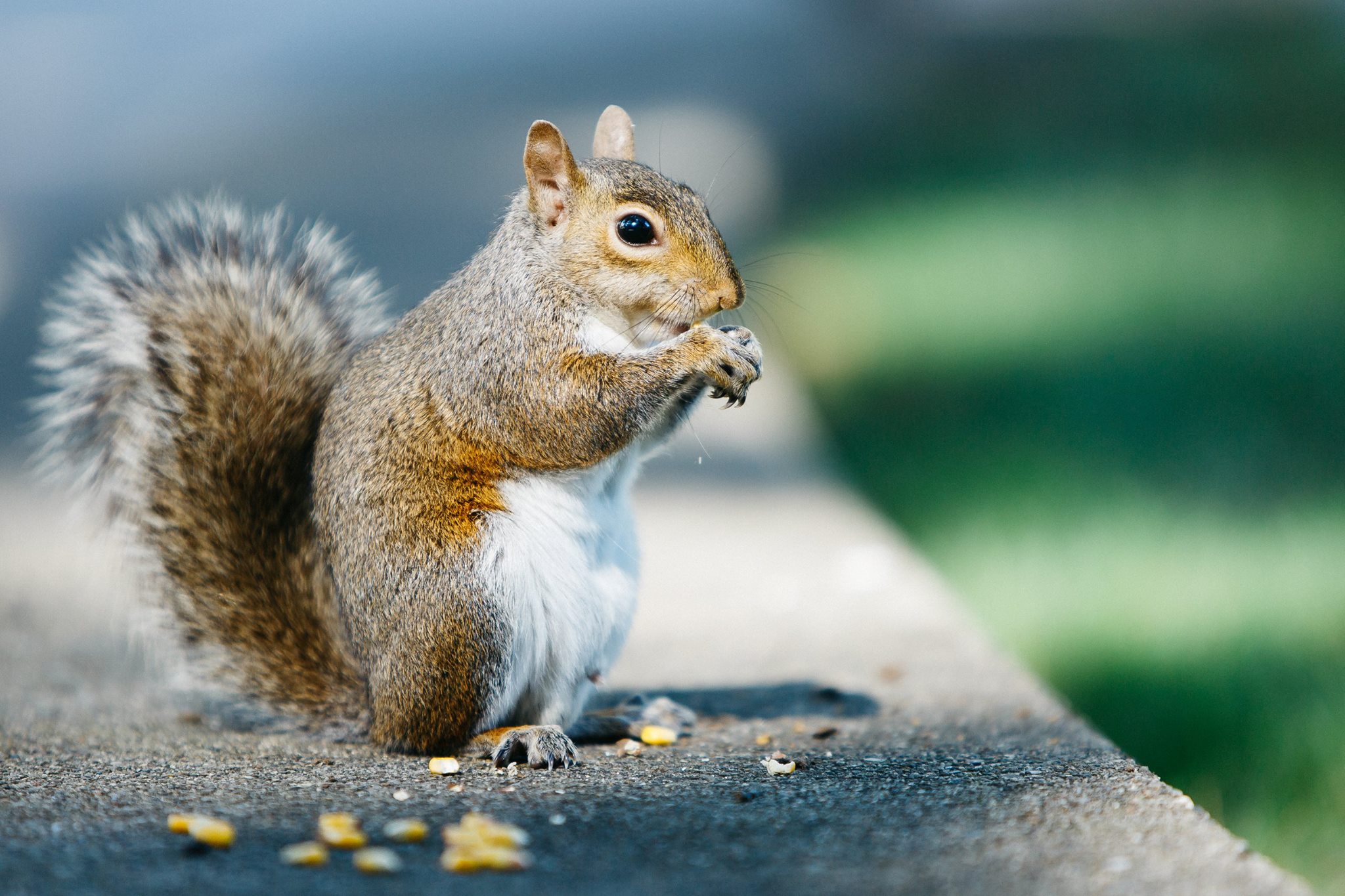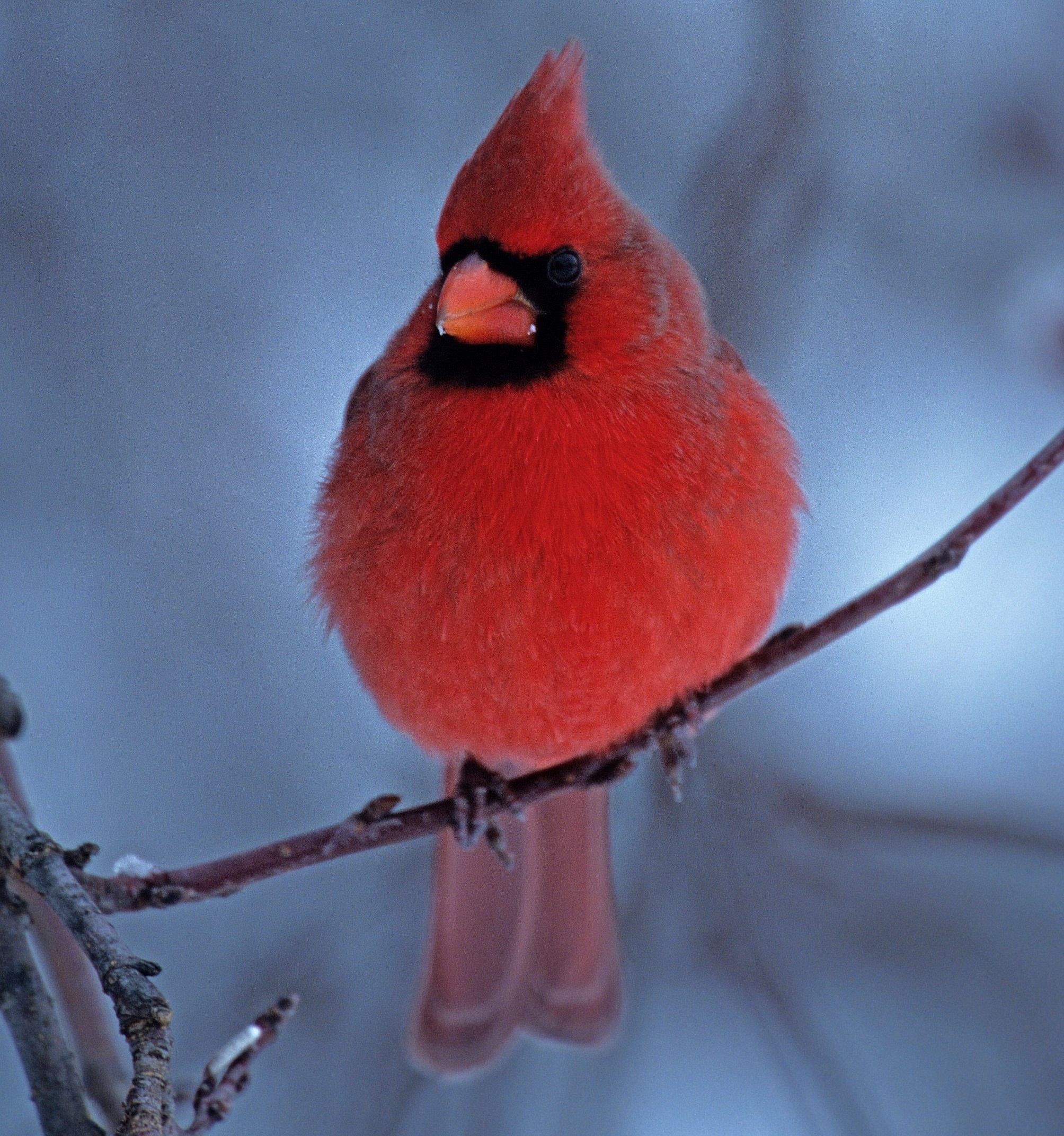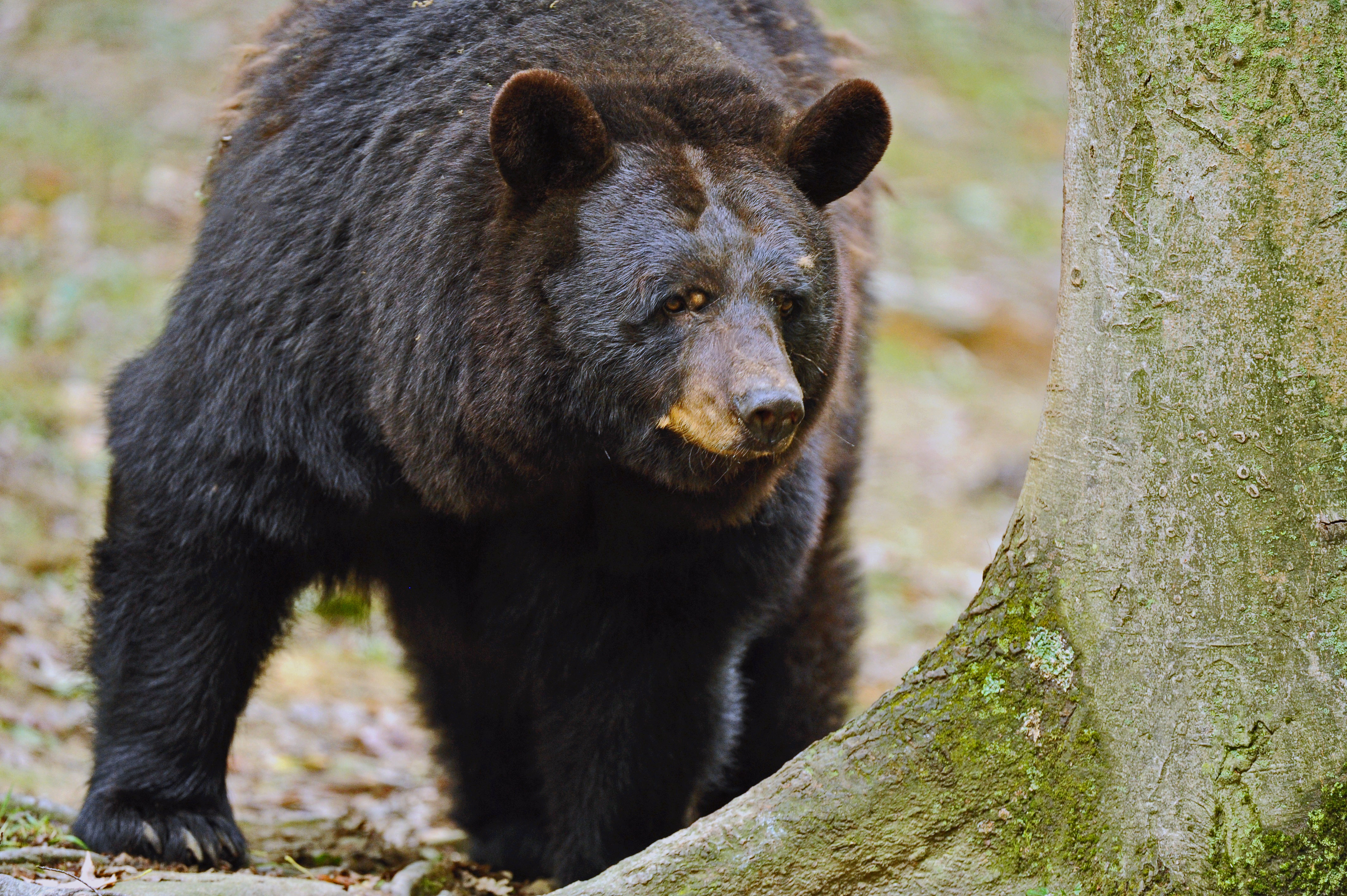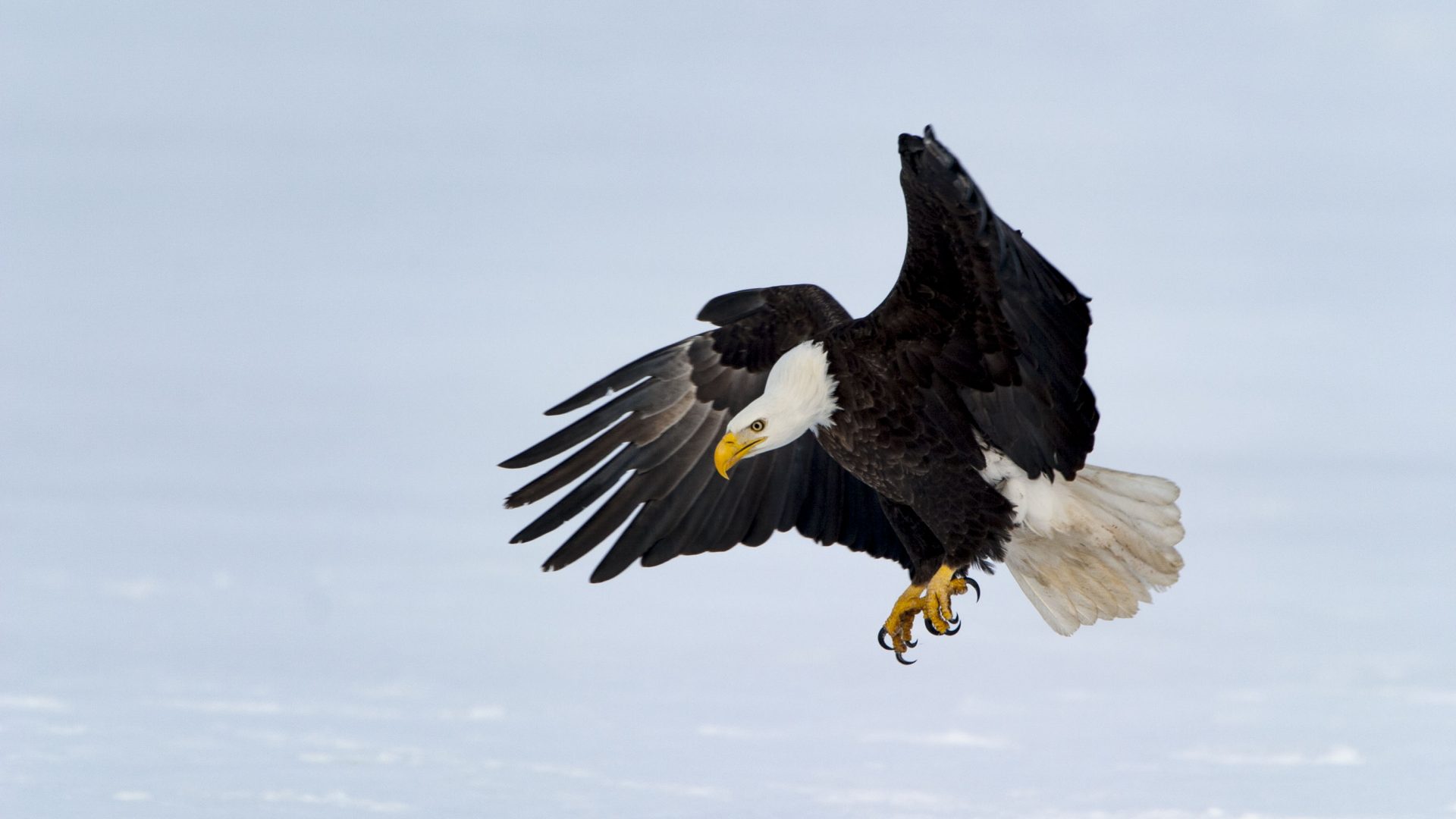What’s your strategy for coping with winter? Stay close to the heating vents, under a lap throw, holding a cup of hot cocoa?
Humans aren’t the only ones trying to stay warm. In order to survive, wildlife in West Virginia relies on instinct and effective natural strategies to get through the long cold months. Like humans, some animals prefer to move south for the winter. Those that stay behind, however, have to depend on techniques, such as stuff, fluff and sleep.
Stuff
For humans, adding a few pounds at the onset of cold weather is typically cause for dismay. For many critters — from birds to bears — gaining weight is essential to surviving winter. The added fat from stuffing is essential for animals because it insulates their bodies and keeps them warm.
Stuffing also provides energy stores that can be used when food is scarce. That’s why squirrels can be seen hoarding seeds, nuts and other goodies in the fall. For these furry critters, there’s no shame in eating their own body weight. And they aren’t the only ones. Bears gorge all summer, and gain up to 30 pounds a week. Whitetail deer, each day, may eat as much as nine pounds of winter mast, such as acorns, twigs or lichen. But don’t worry — these animals burn through their fat stores and are lean and fit come spring.

Squirrels gorge themselves on seeds and nuts during the fall to prepare for winter.
Fluff
Birds pull their skinny legs close to their plump bodies to keep warm, but they have another tactic: fluffing. Feathers are the avian version of dressing in layers. The soft downy feathers trap pockets of warm air close to the body. Outer contour feathers help fend off wind, rain and cold.
Other animals, like deer, also have winter coats with hollow hairs that provide an outer layer of insulation. Like humans hang up their winter coats come spring, these animals shed their extra layers when it gets warmer.

A bird’s feathers help insulate their body during cold winter months.
Sleep
Bees, bears and ground squirrels are among the odd assortment of animals that go into sleep mode for winter.
In some species of bees, only the queen finds a warm spot for a long winter nap while the rest of the hive dies off. Ground squirrels burrow dens into the ground under rocks or logs, where they hibernate for the winter. During a mild winter, young and restless ground squirrels may break with custom and scamper about. When black bears bed down for winter slumber, their heart rate and breathing slow and their metabolisms drop by 50 percent or more, so they can conserve energy. Their body temperatures, however, don’t fall as low as many other hibernating animals, so they can wake and move in a snap.

Bears and other mammals survive winter by hibernating.
As you can see, West Virginia’s animals are equipped to survive winter. So, get a refill on that cup of cocoa. After all, you’ve got to store up energy to get through the long cold winter too!




